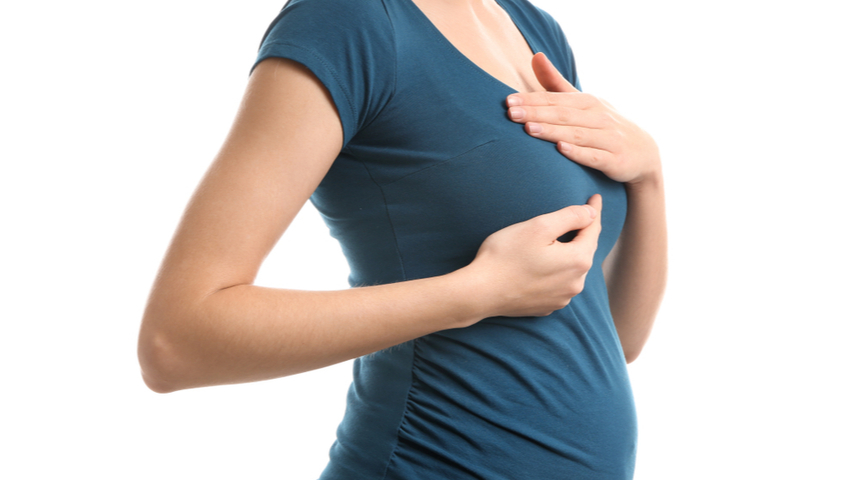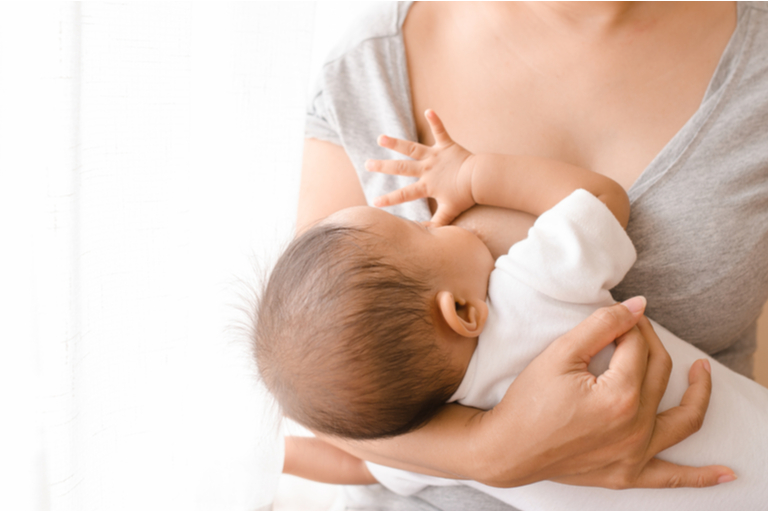
Breast Changes During Pregnancy
During pregnancy, the female body goes through a cycle of changes, especially in the breast area. If you are currently pregnant, you might be experiencing some of those changes. Do not panic; it is normal. However, changes in your breast does not happen overnight. In nine months, you will notice a difference per trimester or stage of your pregnancy.
Even after your pregnancy, your body, particularly your breasts, will continue changing. At the same time, it is essential to note that not all changes that you will experience are positive; some may be caused by complications brought by your pregnancy. To differentiate what is normal from what is not, here is a guide on the changes in your breast during different periods of your pregnancy.
First Trimester
From 0 to 13 weeks of pregnancy, you will notice the first changes in your breast. Due to the surging hormones, there is an adjustment in the breast structure, which makes the breast and nipples feel tender and sensitive. You might experience this as early as 1 to 2 weeks after conception. Usually, the sensation subsides after the first trimester, though it may return in the later stages of your pregnancy.
The breast also becomes enlarged, going up 1 to 2 cup sizes during pregnancy. Breast enlargement may happen within the early weeks. In some cases, women do not experience growth in their breasts until after pregnancy, or the size increases gradually throughout the months. Your breast will feel sore and heavy because of the added weight. Make sure to wear comfortable undergarments. By the 12th week, your regular bra will start to feel tight; this is the best time to buy a maternity bra.
During the first trimester, there will be an increase in your blood volume. Because of that, you will notice the veins of your breasts become larger, bluer, and more visible. This is normal, necessary even, to carry the nutrients from your body to the developing fetus.
Second Trimester
By the 15th week, milk-producing cells become more active, and by the 22nd week, your body will start producing breast milk. Around this time, you can expect some nipple discharge. It will be a thick, yellow discharge called colostrum, which is vital in the early stages of breastfeeding to boost the immune function of your newborn. Nipple discharge usually happens by the second trimester, though for some women, it may not occur until your third trimester.
As a result of milk production, you will notice that your breast will continue to grow in size. The areolas also become larger and darker because of the rising estrogen levels in your body.
During this period, you may also notice small bumps in your breast and areola. These are not a cause of concern. The small lumps in your nipple are called ‘Montgomery’s tubercles, which produces moisturizing oil that help prevent soreness and infection during breastfeeding. On the other hand, the lumps in your breast may either be galactoceles (clogged milk ducts) or fibroadenomas (benign breast tumors). These lumps are usually harmful, but it is best to tell your doctor in case it develops further risks.
Third Trimester
During your third trimester, changes that occur during the first and second trimester will continue to happen. The breasts will become heavier and denser. For comfort, you may opt to wear a sleeping bra at night. The areola will also continue to darken.
By this time, your body has produced breastmilk for your newborn. Your nipples may start to leak with colostrum. As mentioned, nipple discharge may also happen during the early stages of your pregnancy, though it happens more regularly during the later stages. You may wear a nursing pad to avoid damp patches showing through your bra.
To accommodate the tissue growth in your breasts, the skin stretches, resulting in stretch marks. Stretch marks also commonly appear on the stomach and thighs. The stretching of the skin may also cause itchiness or dryness in the breast area. Use a good moisturizing cream to eliminate dryness and itchiness.
During Lactation

Women have different experiences concerning breast change; some women do not experience dramatic breast growth during their pregnancy. However, do not worry; breast size is not indicative of your ability to produce breast milk.
During the first three months of breastfeeding, your breast will still feel full. Your breast will continue to produce colostrum for a short period after giving birth. Colostrum is thicker, darker, and stickier than breast milk, but it is full of nutrition and antibodies that your baby needs when you start breastfeeding.
Later on, your breasts will feel lighter, though it does not mean your body is producing less milk. Once you stop breastfeeding, your breast will return to the same size before conception. However, there are cases where women do not regain the old appearance of their breasts.
These are the usual changes that your breast will go through within the nine months of your pregnancy. It is essential to keep in contact with your doctor throughout this period. Again, ask them regarding the lumps in your breast, also, if you notice unusual discharge that don’t look like colostrum. Regularly consult your doctor and inform them of any changes.
